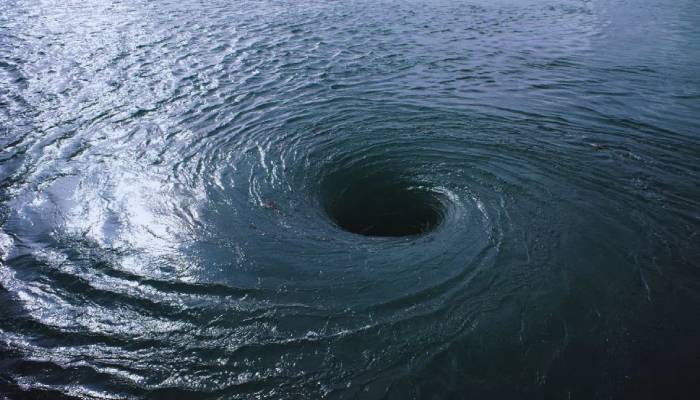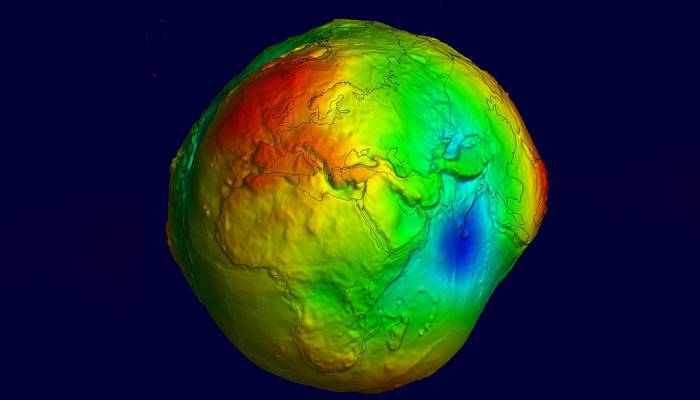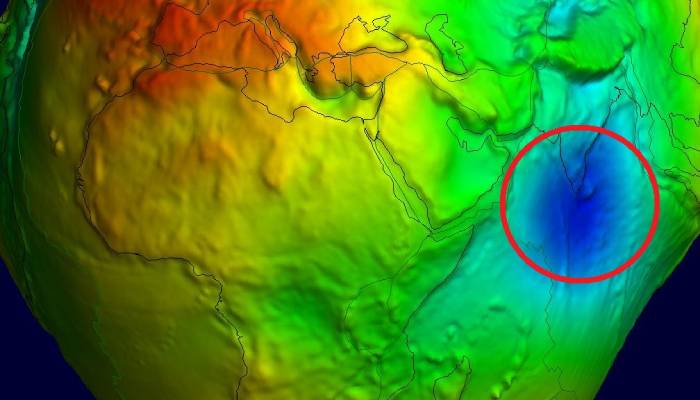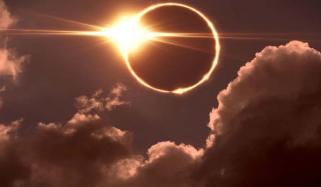
After more than seventy years of research, scientists have finally solved the mystery of the Indian Ocean’s enormous gravity hole.
As per LiveScience, the gravity hole, also known as a geoid low, was first discovered in 1948.
In a study published in Geophysical Research Letters researchers used advanced computer modelling to study Earth’s geological process over the last 140 million years.
The study suggests that this unusual gravitational feature is closely associated with the collapse of the ancient Tethys Ocean, which existed millions of years ago.

When the supercontinent Gondwana broke apart 180 million years ago, parts of Tethys’ crust were forced beneath the Eurasian plate.
Over time, these fragments gradually sank into Earth’s mantle, sparking a series of events that resulted in the formation of the gravity hole.

Around 20 million years ago, these sunk fragments reached the lower mantle, causing the displacement of high-density material from the massive magma formation beneath Africa, the “African blob.”
This displacement triggered the rise of low-density magma plumes, lowering the region’s overall mass and weakening its gravitational pull.
Now, scientists have to confirm these model predictions with earthquake data, which could further help to verify the presence of low-density beneath the hole.
















